A long time ago, I wrote a post about things we did before modern technology. It ended up being one of the most popular posts on this blog. It seems that a lot of people born near or after the turn of the century have no idea what we did before the internet existed, so here are more things.
1. Have a CD or record collection.
Before streaming services, you had to physically own all of your music. There was a lot of paraphernalia involved in just listening to music. The main receptacles for music were records/vinyl that never really went out of style, eight track tapes back in the 60s and 70s, cassette tapes in the 80s, and CDs (compact discs) in the 90s. Plus, you needed the appropriate player to listen to each kind.

(wired.com)
In my attic as I write this, there are hundreds of CDs. When I moved across the country, I got rid of all the CD cases, because they took up too much room. My iTunes library currently contains 3,784 albums with 45,297 songs or 121.3 days worth of music. Much of that was originally on CD. It took months to digitize it all and I haven’t added much to it since, because of streaming.
2. Write letters.
Before cell phones, the only way to call someone was through a wired land line. Public payphone calls were 25 cents and then you’d have to add more change as needed. On your home phone, calls in the same area code (local calls) were free. Calls in the same city, but in a different area code were a nominal charge, but talking to anyone outside of your city got very expensive, very fast. These were called long-distance or toll calls, and they cost a fortune. Even when cell phones first came around, they had what they called roaming charges and they were astronomically expensive.
Before email, we wrote letters to people who lived far way. Letters were written or typed on paper. You wrote what you wanted to say, put it in an envelope, printed the address on the front, put on a stamp, popped it in the mail, and waited sometimes weeks for a reply.
3. Look things up in a printed dictionary or an encyclopedia.
There was no such thing as spellcheck or autocorrect. If you were writing a letter or doing your homework, and you didn’t know how to spell a word, you went to the heavy printed tome called a dictionary and looked it up. Almost every household had one.
If you wanted to know about any subject more in depth, you either went to the library, or if you were very lucky, you had a set of encyclopedias at home.

4. Memorize numbers.
Time was, if you wanted to call someone, you had to punch each and every individual number into a phone keypad. Eventually, you could buy a home phone with auto dial or speed dial slots that saved numbers (basically save as a contact or favorite in today’s terms), but they typically only stored about 10 numbers. If someone had your phone number memorized or on speed dial, it was a big deal. It meant you were very important to them (or you just had a really easy number to remember).
This having to remember numbers thing is where the practice of numbers corresponding to the letters on the keypad came about like 1-800-DENTIST. When you got a new phone number, you checked the keypad to see what it spelled, if anything. Phone numbers with 1 or 0 were annoying, because they didn’t have any corresponding letters. (347) 463-4653 spells Fish Of Gold. Sadly, that is not my phone number.

5. Use phone books.
Before you had everyone’s contact information saved in your phone, you had to have it written down somewhere or memorized. If you didn’t have someone’s phone number, you had to sift through pages of a phone book printed and distributed by the telephone company to find it if they were listed (you could pay the phone company for an unlisted number).
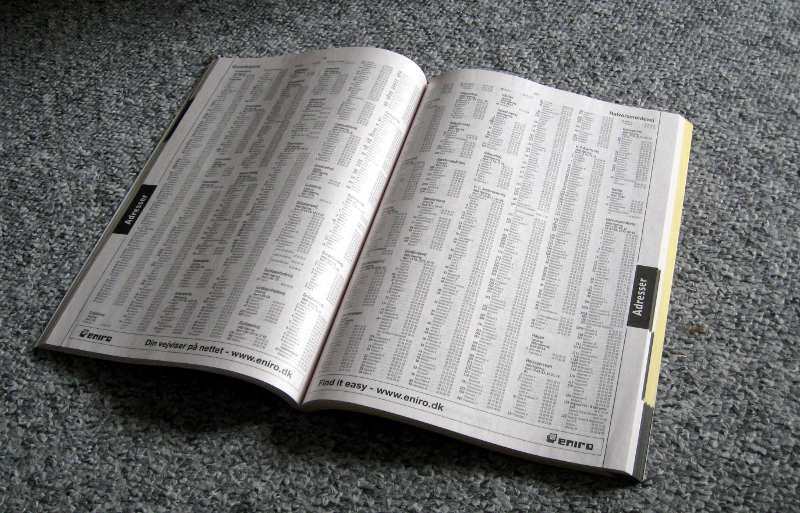
This also applied to businesses. There was no such thing as Yelp. If you wanted to find a local dentist, you either asked everyone you knew for a recommendation or you looked in the phone book.
The book where residential phone numbers were listed was called the white pages. Business were listed in the yellow pages. The colors of the pages were literally either yellow or white, hence the names. Businesses could pay for advertisements in the yellow pages to catch your attention.

6. Use the phone for practically everything.
Before the internet, if you wanted to talk to a friend, hire a plumber, get food delivered, arrange a ride, schedule an appointment, make a reservation, find out what time a business closed, find out what time a movie was playing or even find out the exact time, you made a phone call. For anything that didn’t involve leaving the house, we used the phone.
When the internet was first available, we used the phone for that too. Originally, the only way to connect to the internet was through a dial up modem. While you were using the internet, you couldn’t make or receive phone calls in an era when we used the phone for everything.
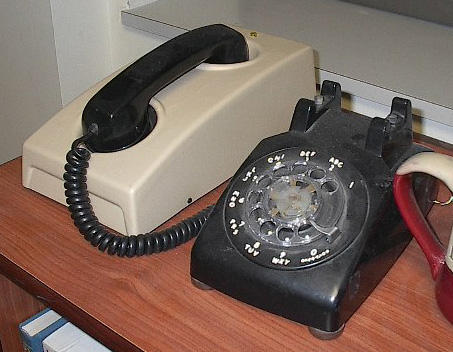
(Gadget Guy)
7. Pay bills with checks and go to a bank.
Before the internet, if you wanted to pay a bill, you either went in person to the business or you mailed a check. It was the same process as writing a letter (envelope, stamp, mail). You’d have to wait for it to make its way through the postal system, wait for the business to process it, and then wait for your bank to clear the payment. It usually took a week or more.
Because of all the time between writing a check and cashing it, it was ridiculously easy to bounce checks due to insufficient funds. You couldn’t just go on your bank’s mobile app and see your account balance. You had to balance your checkbook, meaning that you had to keep track of it yourself.
Though the ATM was invented in the 1960s, you could only use them to withdraw cash. Deposits had to be made in person either through a teller or a night deposit slot. All checks deposited at a bank either in person or through a slot, including your paycheck before direct deposit in the 90s, took a couple of days to clear. If it was an out of state bank, it could take more than a week.
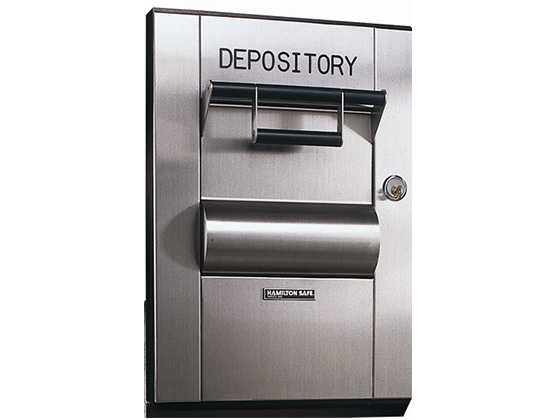
(Hamilton Security)
8. Order things through the mail.
Before the internet, if you wanted to buy something, you had to physically take your butt to a store or multiple stores if you couldn’t find what you were looking for at the first one. Your purchasing choices were in person, over the phone, or through mail order.
Most companies put together catalogs that they sent you in the mail. A lot of them still do though they’re mostly just used as ads now. You could browse through, fill out the order form, and mail it with a check, money order or credit card number. Sometime later, you’d get what you ordered in the mail. It certainly wasn’t as fast as ordering online today.
As a child before the internet, I got suckered into buying Sea Monkeys, which was an ad in the back of practically every comic book.

It turns out they were just dried brine shrimp that you could reconstitute in water (maybe). Boy, was I disappointed.
9. We wrote everything.
Before computers and smart phones, we wrote everything down. We used paper to write directions, phone numbers, recipes, shopping lists, to do lists, homework, notes, invitations, reminders, diaries (the OG form of blog), etc.
An address book didn’t look like this:
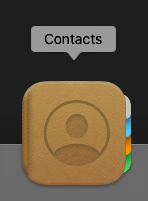
It used to look like this:
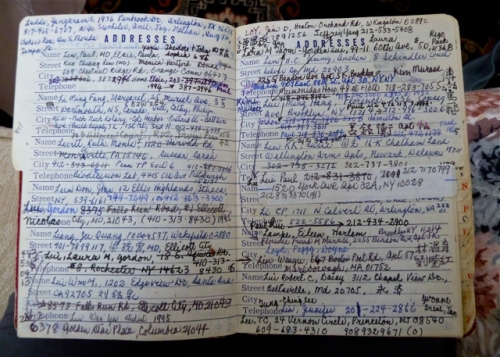
(barbergp.com)
It was a bound paper handwritten affair with pen and/or pencil writing in it. It was a big deal for someone to use ink to put your number in their address book. Most of the time, we used a pencil. This is partly because everyone had to get a new phone number every time they moved. Notice how many crossed out things there are on that picture above?
I still use sticky notes for reminders (I have one in my car telling me to get gas), but these days, everything goes in my phone. Being left-handed, I can’t say that I exactly miss writing everything by hand. Nowadays, if I write more than a few lines, my hand cramps up like a chicken foot since I’m way out of practice.
10. Leave the house to socialize.
Other than talking on the phone, which we did for hours on end as teens and preteens, the only way to socialize with humans who didn’t live in your household was to leave your house or have someone else leave theirs.
Instead of TikTok or WhatsApp, in the 1980s, it was the thing to go to the mall. You’d have your mom drop you off (preferably where no one would see her do so) and she’d pick you up hours later. Mostly, we wouldn’t buy anything, because no one had any money. You’d spend the bulk of your Saturday there hanging out and doing not much of anything, but it was an important part of social dynamics outside of school.
11. Play a lot of games.
Video games existed long before the internet. In fact, you could play them at arcades in the mall. There were home console games too. The first video game console was the Odyssey in 1972, but the games were not the sandbox worlds with quests, stories, and characters that we know today. They mostly looked like this:
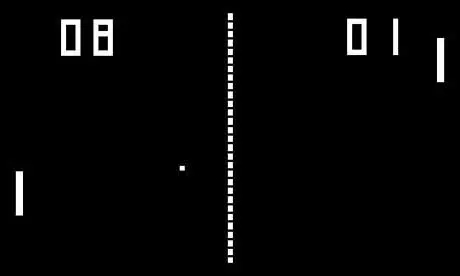
(wikipedia.org)
There was no such thing as an MMORPG. If you played video games at home, you played either by yourself or with your siblings and friends under the same roof. Since there are only so many hours in a row that you can play Pong without losing your mind, we also played a lot of non-video games as kids.
We played dominoes, draughts/checkers, chess, cards, marbles, Dungeons & Dragons, and lots of different board games like Life, Monopoly or Trivial Pursuit.

Most of the time, it was just the kids playing, but sometimes the whole family would play. Honestly, some of the best memories I have from childhood are of my whole family playing these silly games.
12. Go outside and play.
I learned early on never to say I was bored as a kid, because my mom would put me to work dusting or vacuuming. Every once in a while though, I’d go a little stir crazy inside and my mom would give me the command to “go outside and play.”
Going outside to play meant finding neighborhood kids to play with. If there weren’t any around, it was just my sister and me. We would ride bikes or skateboards, climb trees, have stupid contests and dares, jump rope, play games, build forts, trade comic books, or any number of things to entertain ourselves, and we did it all without smart phones or tablets.







